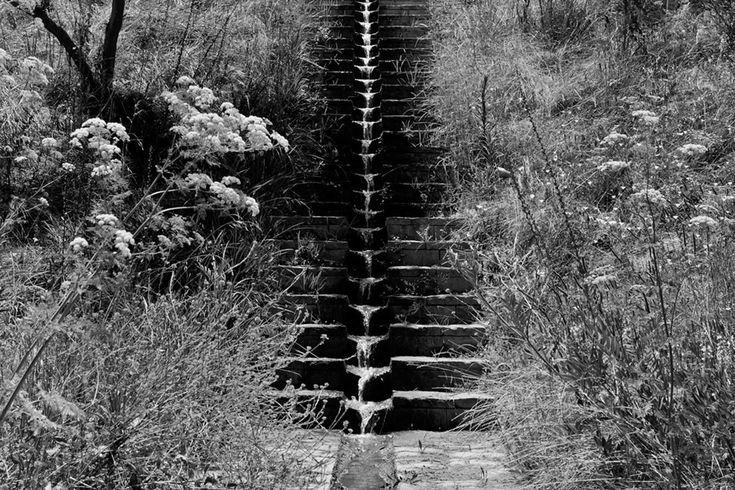
EARTHWORKS / The Acequia
Water moves like memory. It carries history in its currents, carving quiet pathways through the land, through time. When I first arrived in New Mexico, I didn’t yet understand how water worked here—how it was gathered, how it was given, how it stitched a whole community together. But then I learned about the acequia.
In New York, irrigation is effortless. A drip line, a timer, a quiet trickle of water metered out in predictable intervals. No need to wonder where the water came from or how it was shared. It was efficient—almost invisible.
But here, water moves differently. It starts in the mountains, carried by the first warmth of spring and the rush of snowmelt. It arrives not in small, controlled doses, but in a flood—a rush of life that fills the ditches all at once, slow and steady. It doesn’t belong to one person but to everyone. It’s a gift that must be tended, shared, and passed along, a rhythm of giving and receiving that the land itself demands.
The acequia system in Northern New Mexico is far more than irrigation; it is a communal act of care. This tradition has been passed down through generations, flowing through the high desert for centuries, always carried by the same hand-dug ditches and the same rituals of care. The word acequia traces back to the Arabic as-saqiya, meaning "that which gives water," and echoes across continents—from Spain to Africa—shaping landscapes, nourishing orchards, and sustaining communities.
Stormwater Acequias in El Parque del Rio in Santa Fe, New Mexico
Georgia O’Keefe’s Garden in Abiquiu, New Mexico
In the high desert, the acequia becomes a living, breathing entity. Each spring, neighbors gather for la limpia, a sacred cleansing of the ditches, where silt and debris are removed by hand to ensure the water flows freely. This act, rooted in the past, connects the present with the land’s history. The cottonwoods whisper overhead as the rhythm of the work unfolds—the hands in the earth, the sound of flowing water, and the scent of damp soil all intertwining in an ancient dance of stewardship.
For me, the acequia symbolizes the balance between giving and receiving. It teaches patience, cooperation, and the understanding that we are all interconnected. It is not just about irrigation; it is about reciprocity, about tending to something larger than ourselves. Water moves like memory, carrying with it the history of this place, tracing the lives of those who have come before us. Each drop leaves a mark—on the land, on the hearts of the people, and on the stories that are passed along with it.
Georgia O'Keeffe once stood at the edge of an acequia near her home in Abiquiú, watching as the floodwaters unfurled through her garden. The same water that had carved its way through canyon and mesa now pooled at the roots of her fruit trees, feeding them, nourishing them. That same water would later flow into her paintings, becoming the apricots and tomatoes that she captured in the quiet of her studio. The acequia, like her art, is not just about sustenance—it's about connection to place, to memory, to the land itself.
At night, I hear the soft murmur of the acequia at the bottom of our road. It’s a gentle stream, winding its way through the land, carrying with it the stories of those who have tended it before us. The rhythm of its flow is a reminder that this gift of water is always moving, always flowing. It’s a quiet hum that connects us to the past, to the land, and to one another.
This weekend, we’ll sit with our mayordomo—the water steward—at our local acequia meeting. We’ll listen as names are called, as shares are counted, and as the lineage of care is carried forward. In a world that often rushes toward ownership, the acequia is a reminder of the power of shared belonging, the slow work of tending, and the art of letting water find its way.
Close your eyes, and just imagine the sound of it—the soft murmur of water moving through a hand-dug ditch, the scent of damp earth rising, the way the landscape leans in to drink.
Water moves like memory, and in its flow, we are all connected—past, present, and future.
Babylonstoren in South Africa (Top Left and Above)
Georgia O’Keefe’s Garden in Abiquiu, New Mexico
Canary Islands, Spain






